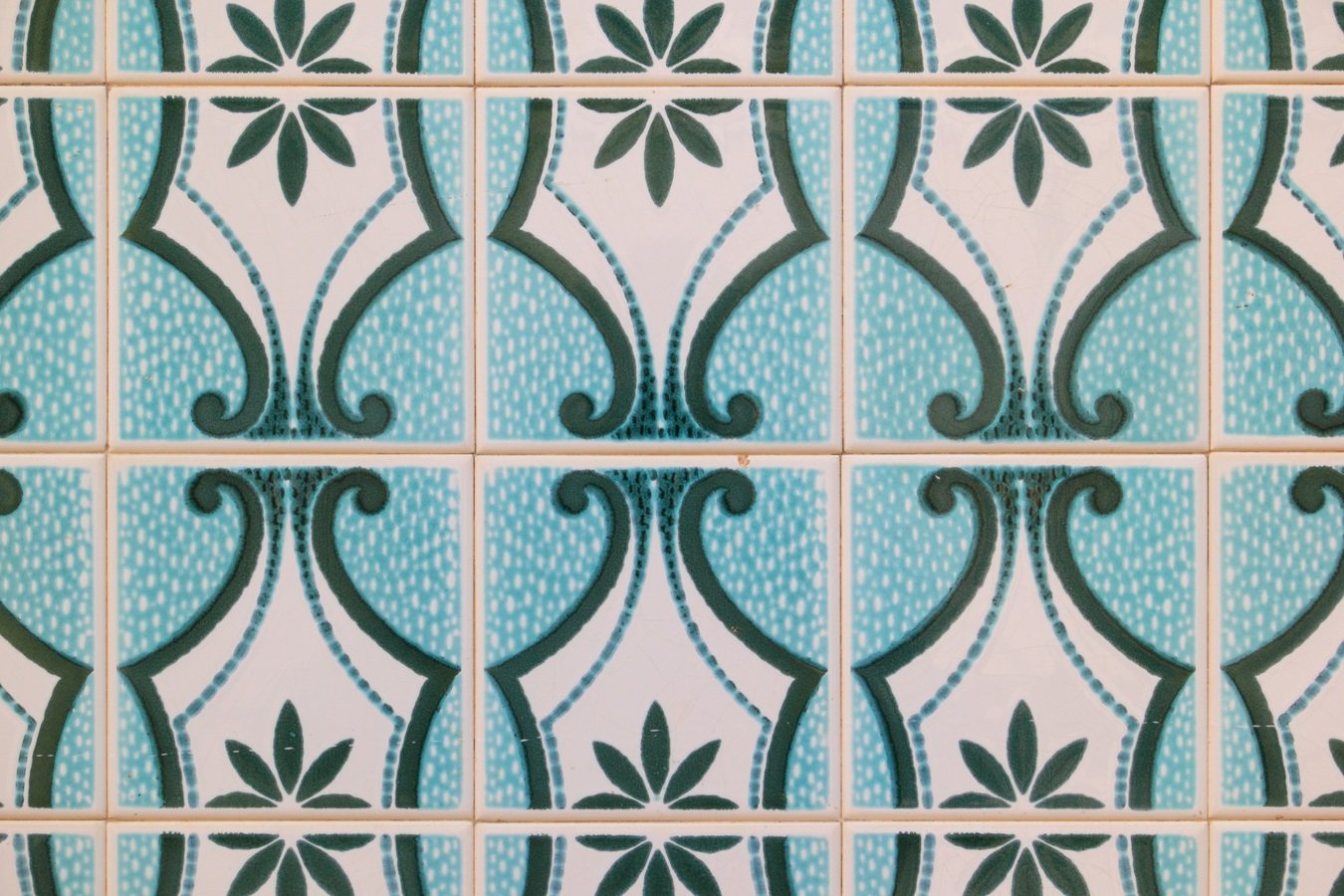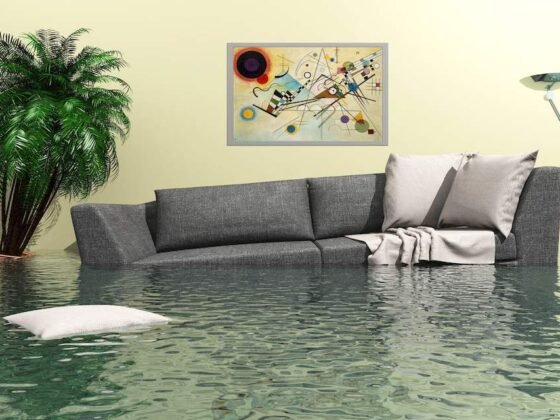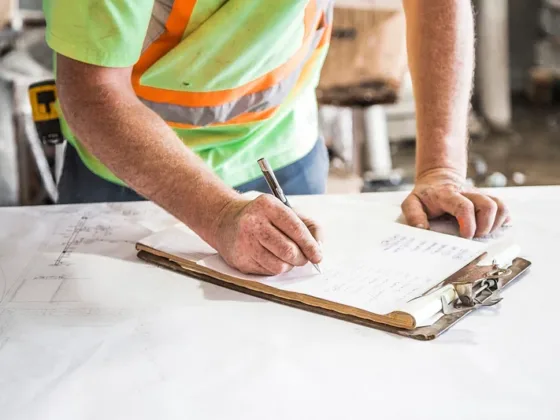Table of Contents Show
Ceramic tiles are a popular choice for flooring, walls, and countertops. They are durable, easy to maintain, and come in a variety of colors and designs. However, ceramic tiles are not immune to stains, especially rust stains. Rust stains can ruin the appearance of your tiles and make them look old and dirty.
Fortunately, there are some simple and effective ways to remove rust stains from ceramic tiles and make them look new again. In this blog post, we’ll show you how to do it.
What are rust stains and how do they form?
Rust stains are reddish-brown or orange marks that appear on surfaces that contain iron or are exposed to iron. Rust stains are caused by a chemical reaction between iron and oxygen, which forms iron oxide or rust. Rust stains can form on ceramic tiles due to various reasons, such as:
- Metal objects or furniture that touch the tiles, such as nails, screws, hinges, or chairs.
- Water that contains high levels of iron, such as well water or hard water.
- Chemical reactions between the tile material and acidic substances, such as vinegar, lemon juice, or bleach.
- Exposure to humid or moist conditions, such as bathrooms, kitchens, or basements.
How to prevent rust stains from forming on ceramic tiles?
The best way to prevent rust stains from forming on ceramic tiles is to avoid the factors that cause them in the first place. Here are some tips to prevent rust stains on ceramic tiles:
- Use plastic or rubber pads or coasters under metal objects or furniture that touch the tiles.
- Install a water filter or softener to reduce the iron content in your water supply.
- Avoid using acidic cleaners or substances on your tiles, and rinse them well after cleaning.
- Keep your tiles dry and well-ventilated, and wipe away any spills or splashes immediately.
How to remove rust stains from ceramic tiles?
If you already have rust stains on your ceramic tiles, don’t worry. There are several methods to remove them, depending on the severity and type of the stain. Here are some of the most effective methods to remove rust stains from ceramic tiles:
- Baking soda and lemon juice: This is a natural and eco-friendly method that works well for mild to moderate rust stains. Simply mix some baking soda and lemon juice to form a paste, and apply it to the stained area. Let it sit for 15 to 20 minutes, then scrub gently with a soft-bristled brush or sponge. Rinse with warm water and dry with a cloth.
- White vinegar and salt: This is another natural and eco-friendly method that works well for moderate to severe rust stains. Simply mix some white vinegar and salt to form a paste, and apply it to the stained area. Let it sit for 30 to 40 minutes, then scrub gently with a soft-bristled brush or sponge. Rinse with warm water and dry with a cloth.
- Commercial rust remover: This is a chemical method that works well for severe or stubborn rust stains. Simply follow the instructions on the label of the product, and apply it to the stained area. Let it sit for the recommended time, then scrub gently with a soft-bristled brush or sponge. Rinse with warm water and dry with a cloth.
How to maintain your ceramic tiles after removing rust stains?
Once you have removed the rust stains from your ceramic tiles, you want to keep them looking clean and shiny. Here are some tips to maintain your ceramic tiles after removing rust stains:
- Sweep or vacuum your tiles regularly to remove dust and dirt.
- Mop your tiles with a mild detergent and warm water once a week, or as needed.
- Seal your tiles with a tile sealer every six months, or as recommended by the manufacturer.
- Polish your tiles with a tile polish every three months, or as recommended by the manufacturer.
Conclusion
Rust stains on ceramic tiles can be a nuisance, but they are not impossible to remove. With the right methods and products, you can get rid of them and restore the beauty of your tiles. Remember to prevent rust stains from forming in the first place, and to maintain your tiles regularly after removing them. We hope this blog post has been helpful and informative for you. If you have any questions or comments, please feel free to leave them below. Thank you for reading!
Frequently Asked Question
Natural methods are eco-friendly, cost-effective, and safe for your tiles and your health. They also use common household ingredients that you may already have in your pantry or fridge.
You can test your water for iron using a water testing kit, which you can buy online or at a hardware store. Alternatively, you can look for signs of iron in your water, such as a metallic taste, a reddish-brown color, or sediment in your pipes or faucets.
The frequency of sealing and polishing your ceramic tiles depends on the type and quality of the tiles, the amount of traffic and wear they receive, and the manufacturer’s recommendations. Generally, you should seal your tiles every six months, and polish them every three months, or as needed.
Some other types of stains that can affect ceramic tiles are grease, oil, coffee, tea, wine, ink, mold, mildew, and soap scum. You can remove them using various methods, such as baking soda, vinegar, hydrogen peroxide, bleach, ammonia, or commercial cleaners. However, you should always test a small inconspicuous area first, and follow the instructions on the label of the product.
Some tips to keep your ceramic tiles looking new and shiny are:
-Sweep or vacuum your tiles regularly to remove dust and dirt.
-Mop your tiles with a mild detergent and warm water once a week, or as needed.
-Avoid using abrasive or harsh cleaners or tools on your tiles, as they can scratch or damage them.
-Use a microfiber cloth or a squeegee to dry your tiles after cleaning, to prevent water spots or streaks.
-Use rugs or mats in high-traffic areas, to protect your tiles from scratches or stains.











